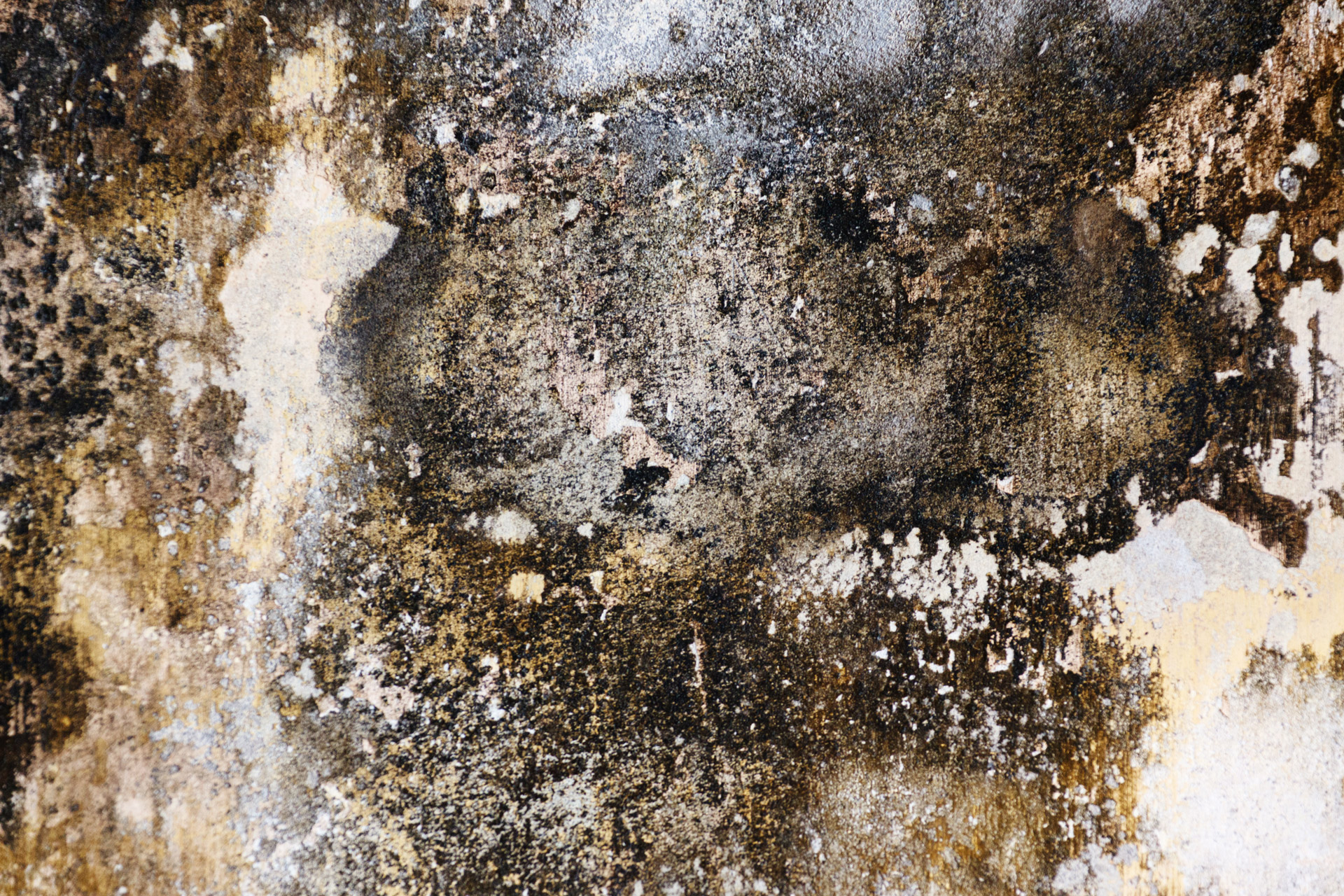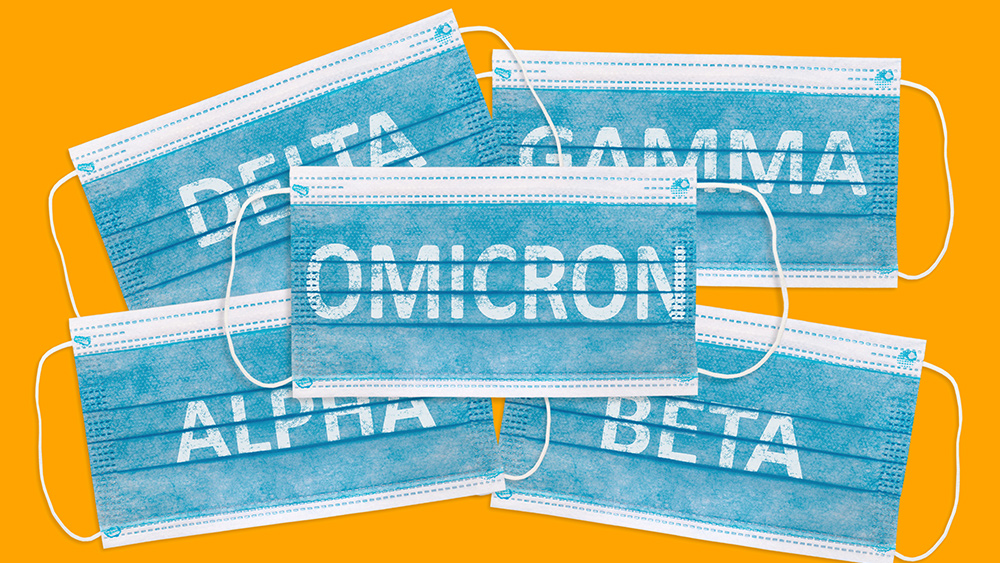Methylene blue revives hope in fighting Alzheimer’s, aging and cancer-linked neurotoxicity
06/02/2025 / By Belle Carter

- A 19th-century compound initially used as a textile dye and antiseptic, methylene blue is now under investigation for treating age-related neurodegenerative diseases like Alzheimer’s and mitigating neurotoxic side effects of cancer treatments such as ifosfamide encephalopathy.
- A 2019 study showed methylene blue reduced cognitive decline in Alzheimer’s patients by over 85 percent by enhancing mitochondrial function, specifically boosting complex IV activity (30 percent), oxygen consumption rates (37–70 percent) and heme synthesis, thereby delaying cellular aging.
- Studies, including a 2000 trial, found methylene blue effectively treats chemotherapy-induced encephalopathy, with eight of 12 patients recovering within 72 hours. Prophylactic use also reduced relapses.
- Acting as a redox cycling antioxidant and metabolic regulator, methylene blue stabilizes mitochondrial enzymes, scavenges free radicals and restores energy production, targeting oxidative stress and complex IV dysfunction linked to aging and disease.
- While its multifaceted benefits suggest wide therapeutic potential, researchers stress the need for rigorous clinical trials to determine optimal safety, dosage and long-term efficacy before widespread use.
A century-old compound, methylene blue, is gaining renewed scientific attention for its potential to address age-related brain disorders like Alzheimer’s, as well as reduce neurotoxic side effects from cancer treatments.
Recent research, including a landmark 2019 study suggesting an over 85 percent reduction in cognitive decline among Alzheimer’s patients, underscores its versatility. First synthesized in 1876 and approved for medical use in 1897 as a topical antiseptic, methylene blue is now being explored as a novel therapeutic agent across disciplines, from neuroscience to oncology. Its ability to target cellular energy production has sparked excitement among researchers aiming to combat aging’s hallmarks and treatment-related complications.
Methylene blue’s journey began modestly. First used as a dye in microscopy and textile industries, it transitioned to medicine by the 20th century.
“It was primarily employed to treat malaria and cyanide poisoning in the early 1900s,” noted Dr. Hani Atamna, a researcher at Children’s Hospital Oakland Research Institute and lead author of a 2019 study on methylene blue’s effects on cellular aging.
The drug’s antimalarial role faded with synthetic advances, but its ability to scavenge free radicals spurred interest in combating oxidative stress, a key factor in aging.
The recent surge in methylene blue’s reputation stems from research on mitochondria, the energy-producing organelles that power cells. In a study published in Rejuvenation Research, Atamna’s team found that methylene blue enhances mitochondrial function in human fibroblasts by increasing complex IV activity (30 percent), oxygen consumption rates (37-70 percent) and heme synthesis.
“This delays cellular senescence, or aging, at nanomolar concentrations,” the study states. By “cycling” between oxidized and reduced states in mitochondria, methylene blue may block harmful oxidative damage linked to Alzheimer’s and other age-related diseases.
The 2019 study, hinted at in the knowledge base but not detailed in the provided sources, suggests methylene blue could slow Alzheimer’s progression. While specifics are scarce, the study aligns with cellular mechanisms identified in Atamna’s work. Alzheimer’s involves mitochondrial dysfunction and reduced complex IV activity, which the drug specifically targets.
Mechanisms of action: How it heals
Beyond aging, methylene blue’s potential shines in oncology. (Related: Methylene blue: An emerging contender in the battle against cancer.)
Ifosfamide, a chemotherapy drug, causes encephalopathy, a brain dysfunction, in 10 to 15 percent of patients, with symptoms like seizures and confusion. A 2000 British Journal of Cancer study by J. Pelgrims et al. showed that methylene blue rapidly alleviated symptoms: eight of 12 patients treated with it recovered within 24-72 hours, while untreated patients took 48 hours. Prophylactic use also reduced recurrence in some cases.
“Methylene blue is an effective treatment for ifosfamide-induced encephalopathy,” conclude Pelgrims’ team, adding its prophylactic potential should be explored.
Methylene blue’s dual role as an antioxidant and metabolic regulator makes it unique. It stabilizes flavoproteins, enzymes essential for mitochondrial respiration, while its redox cycling reduces oxidative stress.
“This bifunctional property allows it to address both energy deficits and toxic byproducts simultaneously,” explains another study co-author, referring to complex IV improvements.
The compound’s ability to spare healthy cells while selectively aiding those malfunctioning, like aging or cancer cells reverting to efficient energy use, adds to its therapeutic promise.
From its humble beginnings as a dye to its current status as a potential therapeutic wonder, methylene blue’s resurgence offers a glimpse into medicine’s future: repurposing existing compounds to tackle complex diseases. Researchers urge caution against premature optimism, emphasizing the need for trials to define efficacy and safety. Yet, as the science unravels, methylene blue stands as a testament to the timeless hope that even old solutions can spark new revolutions in health.
Watch the video below that debunks methylene blue fears.
This video is from Sun Fruit Dan’s channel on Brighteon.com.
More related stories:
Unlocking methylene blue: A century-old compound steps into the cancer spotlight.
Study: Methylene blue and near-infrared light show promise in preventing brain degradation.
Sources include:
Submit a correction >>
Tagged Under:
aging, alternative cure, Alzheimer's, anticancer, Brain, brain function, cancer, Cures, dementia, encephalopathy, healing, methylene blue, MItochondrial Dysfunction, Oncology, oxidative stress, remedies
This article may contain statements that reflect the opinion of the author





















